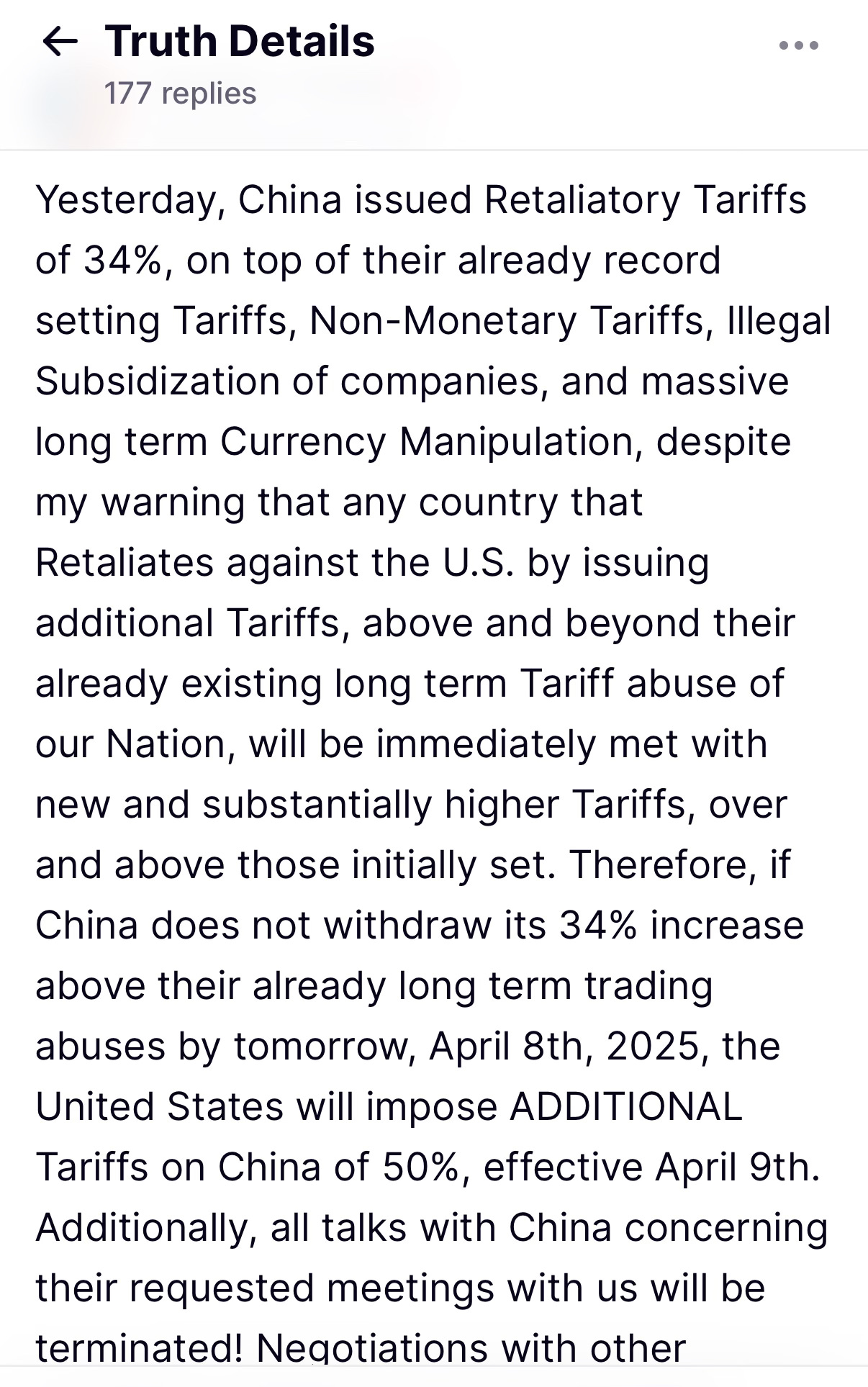In 49 BCE, Julius Caesar stood at the edge of the Rubicon River, a shallow stream marking the northern boundary of Italy proper. Roman law forbade any general from crossing it with an army. To do so was to defy the Senate, violate the constitution, and invite war. But Caesar, faced with political ruin if he returned to Rome as a private citizen, made a fateful choice. With the words “Alea iacta est”—“The die is cast”—he led his legion across the Rubicon and set the Roman Republic on a path from which it would never return.
It was both a literal crossing and a symbolic one: the abandonment of diplomacy for confrontation, of moderation for ambition. In that moment, Caesar severed all ties with the old order, unleashing a civil war that would ultimately dismantle the Republic and crown him dictator for life. The phrase “crossing the Rubicon” has since echoed through history as the archetype of irreversible decisions—of points beyond which there is no retreat.
Today, the global economy faces a modern Rubicon of its own.
Today, President Donald J. Trump has mirrored that moment on the global economic stage.
With his dramatic escalation of the trade war —announcing across-the-board tariffs on all nations and vowing to impose an additional 50% tariff on Chinese imports making it 104% in total by April 9 if China doesn’t retreat from its own retaliatory moves—Trump has effectively crossed his own Rubicon.
The fallout is already visible in the data and in market sentiment: investment banking fees have plunged -6% year-over-year in Q1, dealmaking is collapsing, and Wall Street banks are signaling imminent job cuts.
A Market at the Edge
The financial landscape is flashing red. Global equity markets are unraveling. The S&P 500 and NASDAQ, have all fallen -20% in the past month—a collapse of historical proportions. In fact, this ranks among only three instances in modern history where the S&P dropped -14% in a three-day span, tying the chaos of October 1929 and October 1987.
Behind the scenes, the mechanics of the market are deteriorating rapidly. A recent data, analyzing U.S. equity market volume and liquidity from 2022 to 2025, provides a stark visual:
Liquidity (red line)—specifically, SPX E-mini Top of Book Liquidity—has been in a persistent downward spiral since mid-2024.
Why this is bad: Low liquidity means there are fewer buyers and sellers at the best prices, making it harder to execute large trades without impacting the market price. This can lead to increased volatility, as even small trades can cause larger price swings. If liquidity dries up, it becomes more difficult for investors to exit positions, which can exacerbate downward pressure on stock prices during a sell-off.
Volume (blue line)—representing U.S. equity trading activity—has seen periodic spikes, often during periods of intense volatility.
Why this is bad: High volume combined with declining liquidity (as seen in the red line) can signal that the market is becoming less efficient at absorbing large trades. When volume spikes while liquidity is low, it can lead to sharp price drops, as there aren’t enough buyers to match the selling pressure. This is a classic setup for a market crash, where a rush to sell overwhelms the market’s capacity to handle the trades smoothly.
This divergence is alarming. The chart indicates a concerning trend of declining liquidity in the S&P 500 E-mini futures market, paired with volatile equity market volume. This combination creates a fragile market environment where a sudden surge in selling pressure could lead to sharper price declines, potentially triggering a stock market crash. The lack of liquidity means the market is less capable of absorbing shocks, and the high volume spikes suggest that such shocks may already be occurring or could occur soon. Investors should be cautious, as this setup increases the risk of significant market downturns
As Greg Crennan of Golden Coast Consultants—a long-standing skeptic and early 2025 bear—recently told us:
“The liquidity is gone. There’s no depth in the book. And the volume we’re seeing? It’s not investors buying the dip. It’s panic.”
Keep reading with a 7-day free trial
Subscribe to The Coastal Journal to keep reading this post and get 7 days of free access to the full post archives.








